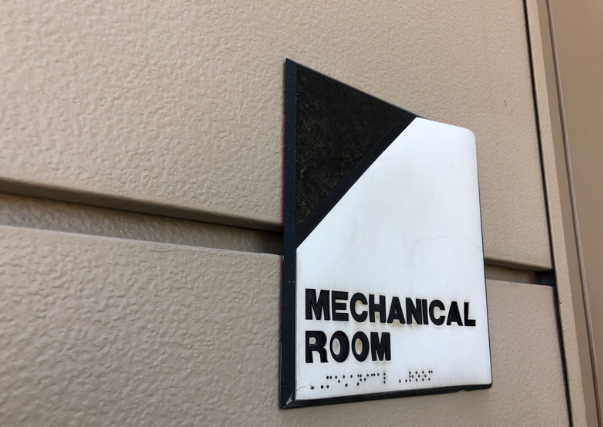As a manufacturer’s rep, it is our job to delve into the fine details of a project’s mechanical and plumbing systems. Our task is to select equipment appropriate for the application that meets the design intent and contract specifications. Unfortunately, we far too often encounter the following stumbling blocks:
· Outdated equipment specifications
· Contradicting plans & specifications
· Incomplete equipment schedules
· Required equipment not mentioned
· Incorrect equipment for the application
· Equipment performance doesn’t match the building loads/requirements
· Generic installation details that do not apply
· No inter-trade coordination, such as with electrical or controls
· Sequence of operation doesn’t match the application
 Designers are asked to produce more work more quickly than they ever have. As demands increase, the temptation to cut and paste from other projects and take shortcuts must be overwhelming. We all encounter this in our jobs from time to time and we certainly sympathize.
Designers are asked to produce more work more quickly than they ever have. As demands increase, the temptation to cut and paste from other projects and take shortcuts must be overwhelming. We all encounter this in our jobs from time to time and we certainly sympathize.
But here are just a few ways that the early rush on a project may inflate costs down the line:
- Pre-bid RFIs. Some questions are asked prior to bid, usually through the formal RFI (Request for Information) process. Suppliers, contractors, and the like generate the RFI with the hope that questions will be addressed prior to bid. Unfortunately, RFI responses may end up being late or not received by everyone, leading to confusion. In all cases, RFIs cost everyone additional time prior to bid, so...the fewer, the better.
- Unanswered pre-bid RFIs. If RFI responses are not received, the bidder's uncertainty increases their risk and they must include enough money in their bid to make sure potential costs are covered.
- Questions unasked by bidders. A savvy bidder take a calculated risk by bidding low to get the contract in anticipation of Change Orders.
- Last-minute decisions. Some questions are never answered, leaving it up to those involved at the end of the project scrambling to get everything done as best they can. This leads to less than optimal results that may cost the owner repeatedly over the life of the building.
So, the ambiguity in a project’s plans and specifications will directly cost the owner more money on bid day, more money after bid day with change orders and delays that cost everyone involved.
 How can this problem be improved or even avoided?
How can this problem be improved or even avoided?
Clear communication is key, especially early in the project. Assemble the whole construction team at the beginning if you can (as with the design/build process). Get early input and have everyone work together across their lines of responsibility. Take the extra time up front to ask questions of the owner and of each other. Leverage the knowledge of specialists like a good controls vendor or equipment supplier to help with the finer details. The majority of decisions will be made during this planning and design phase through the team effort.
The team involved with this approach will have a vested interest in ensuring the plans and specifications are correct and the design intent is clear before construction gets underway. Though it may take more time and effort up front, in the end, it will lead to higher quality results with lower costs and happier clients!









Submit a Comment